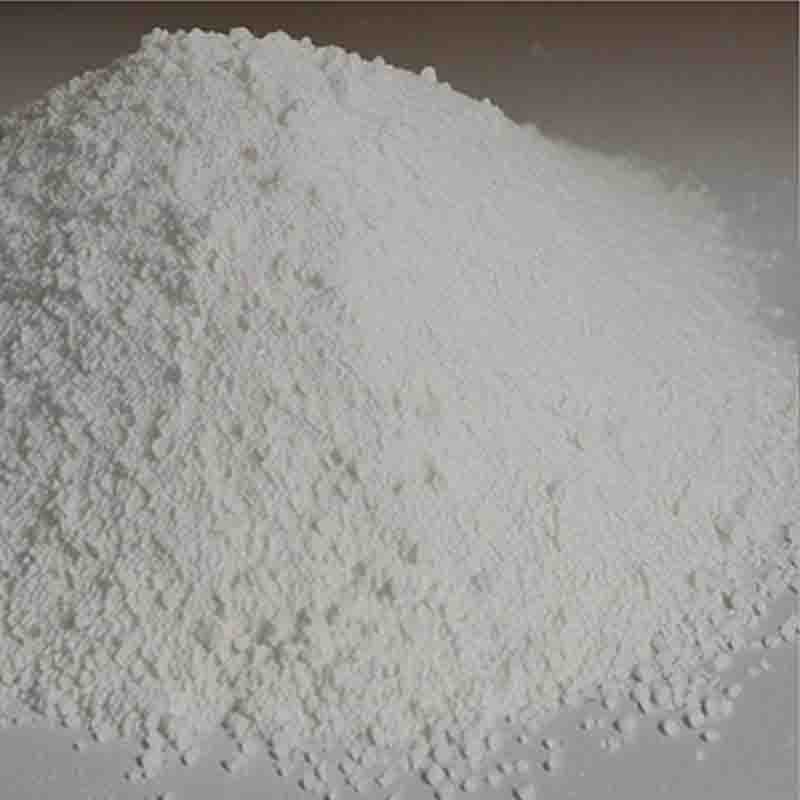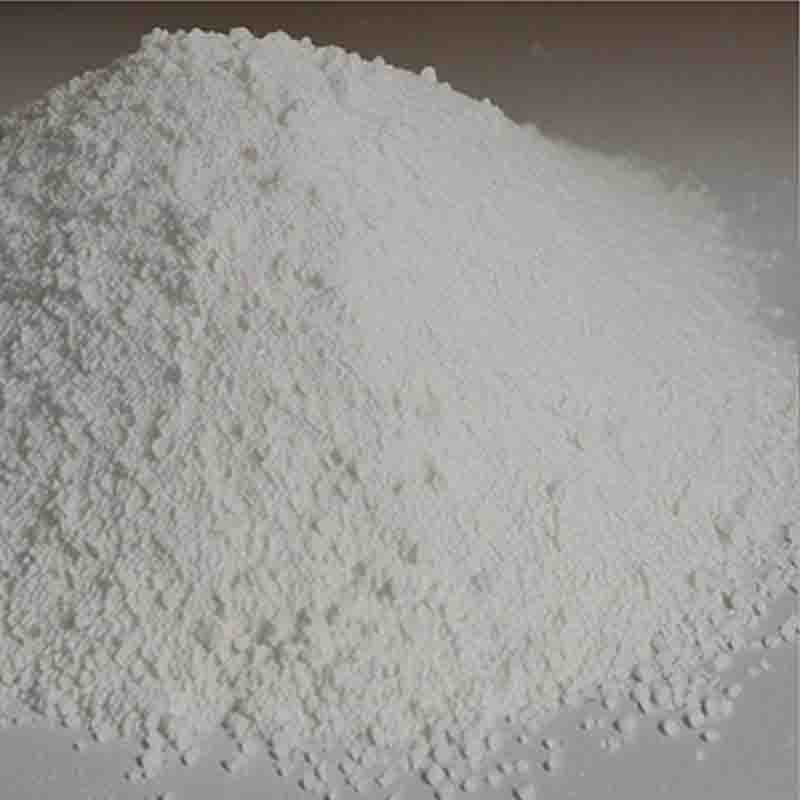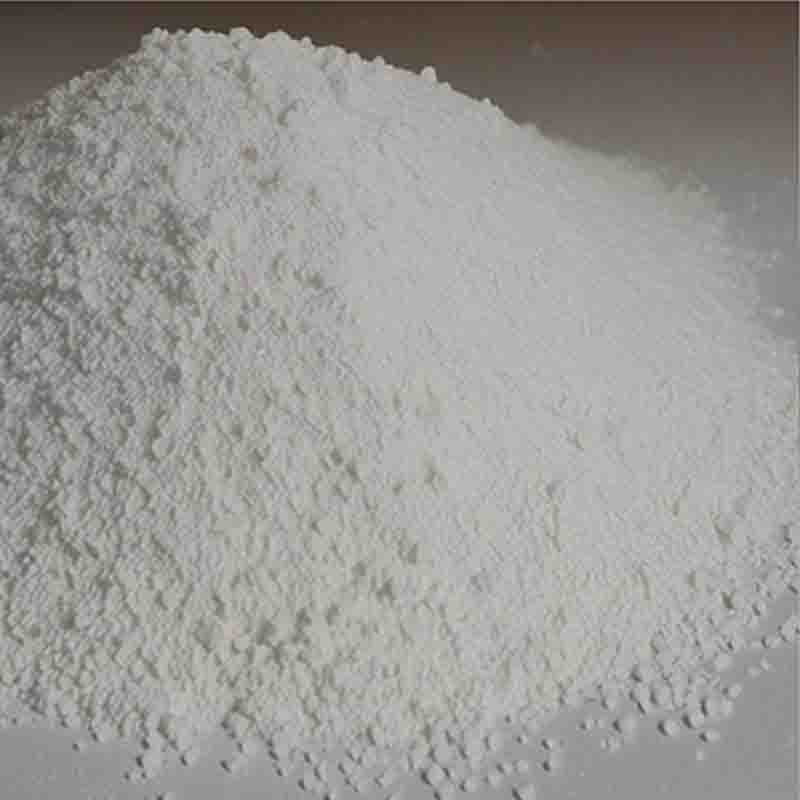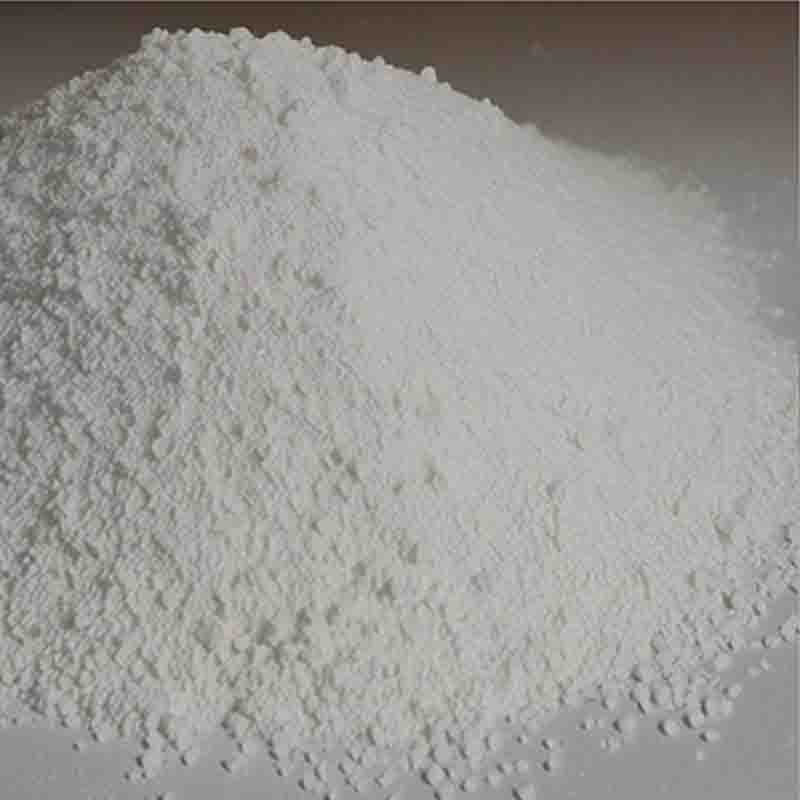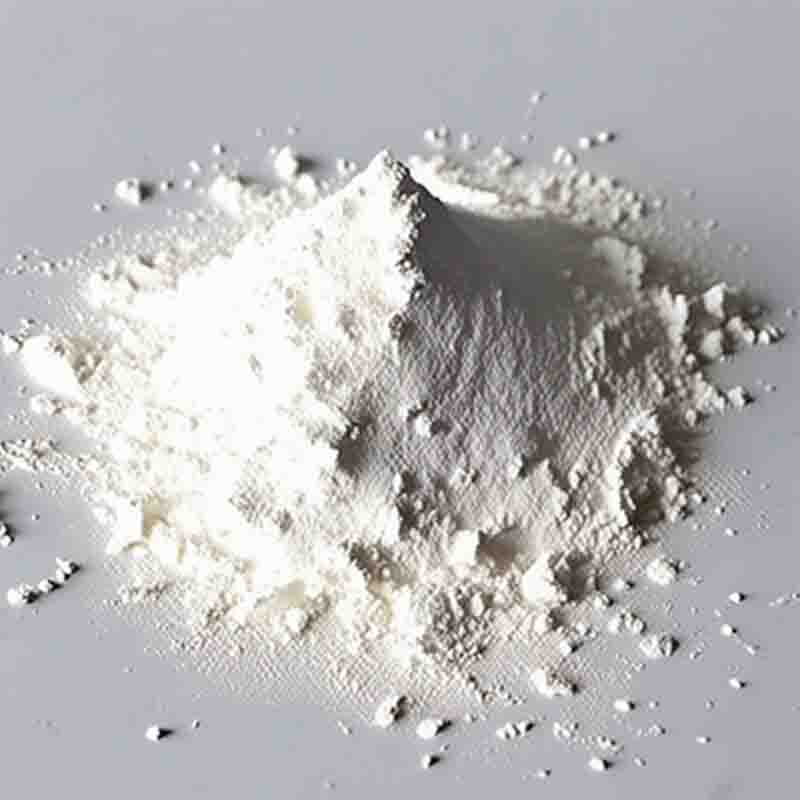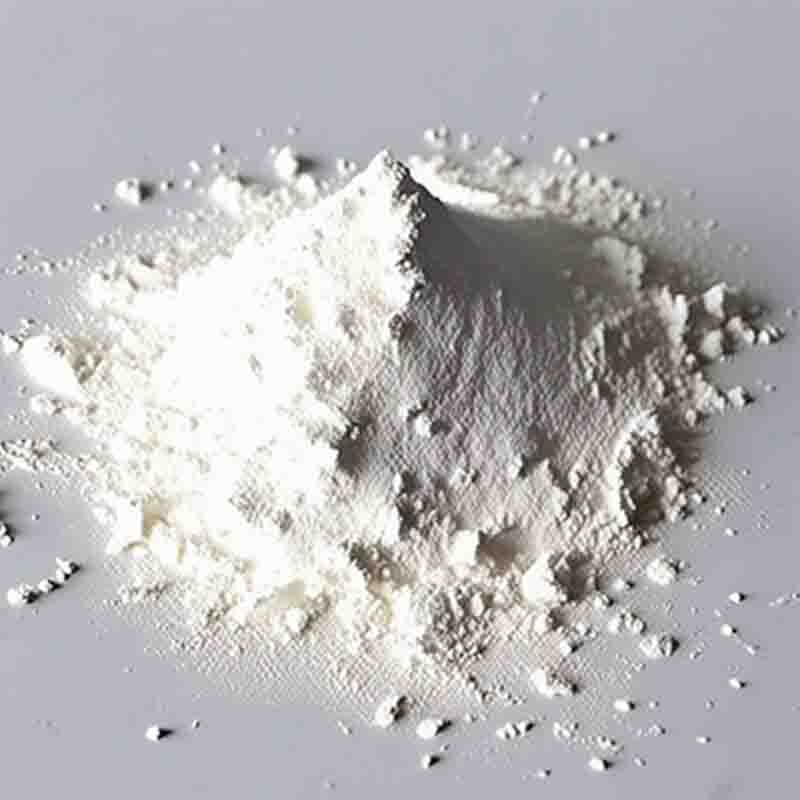(R)-(+)-1-(1-Naphthyl)ethylamine CAS: 3886-70-2
| Catalog Number | XD93717 |
| Product Name | (R)-(+)-1-(1-Naphthyl)ethylamine |
| CAS | 3886-70-2 |
| Molecular Formula | C12H13N |
| Molecular Weight | 171.24 |
| Storage Details | Ambient |
Product Specification
| Appearance | White powder |
| Assay | 99% min |
(R)-(+)-1-(1-Naphthyl)ethylamine, also known as R-(+)-1-Naphthylethylamine or R-NEA, is a chiral amine compound that finds applications in various industries. This compound is composed of a naphthyl group attached to an ethylamine moiety, with the stereochemistry denoted as R-(+).One common use of R-NEA is as a chiral building block in the synthesis of pharmaceuticals. Chiral compounds are of significant importance in drug discovery and development, as they often exhibit different biological activities based on their stereochemistry. R-NEA can be utilized to introduce chirality in drug intermediates or as a resolving agent for racemic mixtures, allowing the isolation of pure enantiomers. By incorporating R-NEA into drug molecules, researchers can fine-tune their efficacy, safety, and pharmacokinetic properties.Furthermore, R-NEA is employed as a ligand in asymmetric catalysis. It acts as a chiral auxiliary, which can facilitate the formation of stereochemically pure products in chemical reactions. The presence of R-NEA in the reaction can induce the desired stereochemistry in a wide range of transformations such as hydrogenation, oxidation, and carbon-carbon bond formation. This allows for the selective synthesis of chiral molecules, which is of utmost importance in the preparation of pharmaceuticals, agrochemicals, and fine chemicals.In addition to its role in the pharmaceutical and chemical industries, R-NEA has also found applications in materials science. It can be used as a precursor for the synthesis of various materials with tailored properties. For instance, R-NEA has been employed in the preparation of chiral polymers, which find utility in areas such as drug delivery systems and separation technologies. Moreover, R-NEA derivatives have been investigated for their luminescent properties, making them suitable for use in organic light-emitting diodes (OLEDs) or sensors.Overall, R-NEA is a valuable compound with diverse applications. Its chiral nature, along with its ability to influence stereochemistry in chemical reactions, makes it a versatile tool for synthesizing chiral molecules, such as pharmaceuticals and materials. The continued exploration and utilization of R-NEA in various industries hold the potential for the development of new drugs, advanced materials, and improved chemical processes.


